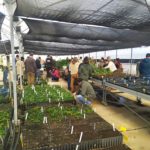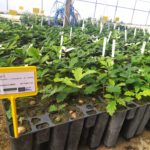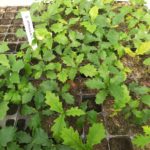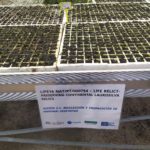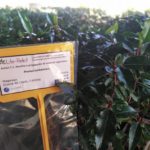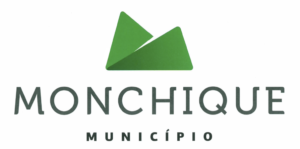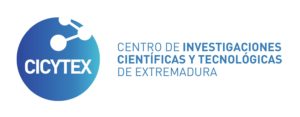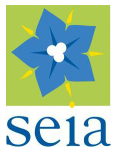On February 14 (2020), the 3rd technical workshop was held under Life-Relict, this time about the propagation of vulnerable species. The event took place at the Instituto de Investigaciones Agrarias Finca La Orden-Valdesequera, in Badajoz. Here, the participants had the opportunity to get to know more closely the work that the partner CICYTEX has been developing under Action C1 – Collection and Propagation of Vegetable Material. This action is the responsibility of CICYTEX and intends to collect and propagate the plant material necessary to increase and improve the conservation status of the target habitat and associated habitats, in the Project’s intervention areas.
The opening session was attended by the Director General of CICYTEX, Carmen González Ramos, with the coordinator of Life-Relict, Prof. Dr. Carlos Pinto Gomes from the University of Évora and with the Research Coordinator of CICYTEX, responsible for the working group for the propagation of vulnerable Life-Relict species, Francisco Vasquez Pardo. There followed the presentations on the work developed at CICYTEX within the scope of this Project and some of the results already achieved were disclosed.
Then, about 48 participants went to see the facilities where everything happens, namely, the laboratory where the seeds are cleaned and the first germination tests of the vulnerable species that are the target of Life-Relict are carried out. The visit to the greenhouses took place immediately afterwards, where it is possible to observe the development of the Rhododendron cuttings (Rhododendron ponticum subsp. baeticum), the Portuguese Laurel (Prunus lusitanica) and many other species, including Quercus.
Click on the images to enlarge
1 and 2 – Opening session with Francisco Vasquez Pardo (CICYTEX), Carmen González Ramos (CICYTEX) and Prof. Carlos Pinto Gomes (UÉvora) – from left to right
3 – David Alonzo explains the spread of Portuguese Laurel and Rhododendron, target species of Life-Relict
4 – Francisco Vasquez Pardo explains the spread of the various species of Quercus
5 – Bench with several trays where the seeds are for cleaning
6 – Explanation of how to clean the seeds of vulnerable species
7 – Seeds of Rhododendron (Rhododendron ponticum subsp. baeticum)
8 – Seeds of Philyrea angustifolia
9 – Seeds of Ramnus alaternus
10 – Clean seeds of Philyrea angustifolia
11 – Participants visiting one of the various CICYTEX greenhouses
12 – Development of Rhododendron cuttings (Rhododendron ponticum subsp. baeticum)
13 – Participants visiting another of the various CICYTEX greenhouses
14 – Development of the germination of the Portuguese Laurel (Prunus lusitanica)
15 – Development of germination of Ramnus alaternus
16, 17 and 18 – Development of germination of Arbutus unedo
19 and 20 – Development of Quercus x marianica
21 and 22 – Participants visiting CICYTEX greenhouses
23 and 24 – Development of the germination of monchique oak (Quercus canariensis)
25 – Participants visiting CICYTEX greenhouses
26 – Development of germination of black oak (Quercus pyrenaica)
27 – Identification of trays as products of Action C1 of the Life-Relict project
28, 29 and 30 – Development of the germination of the Portuguese Laurel (Prunus lusitanica)
31 – Group photo
To access and download the presentations, please visit the communications page.
To view a short video prepared by CICYTEX during this Technical Workshop, please use this link.



























